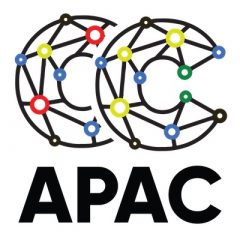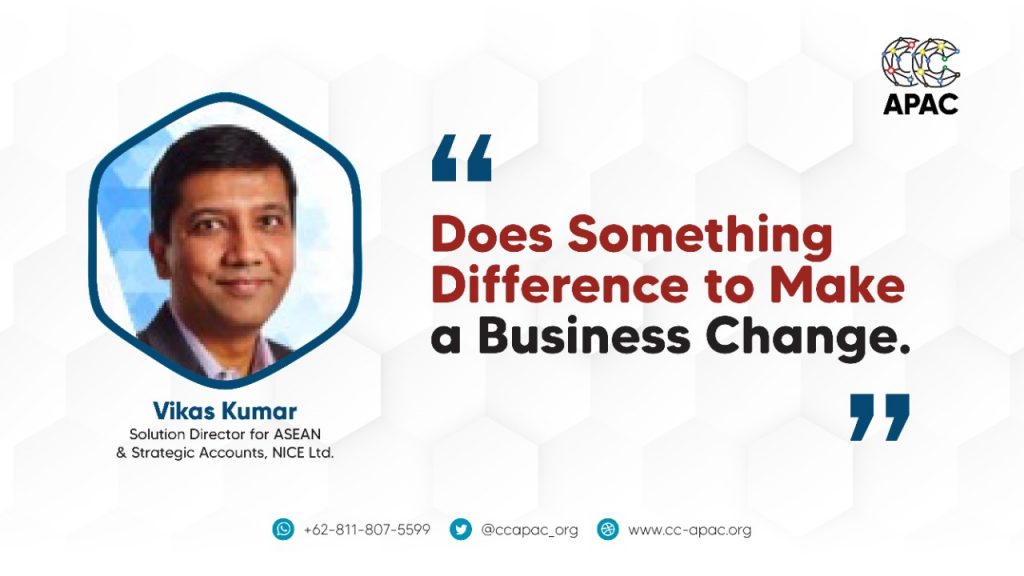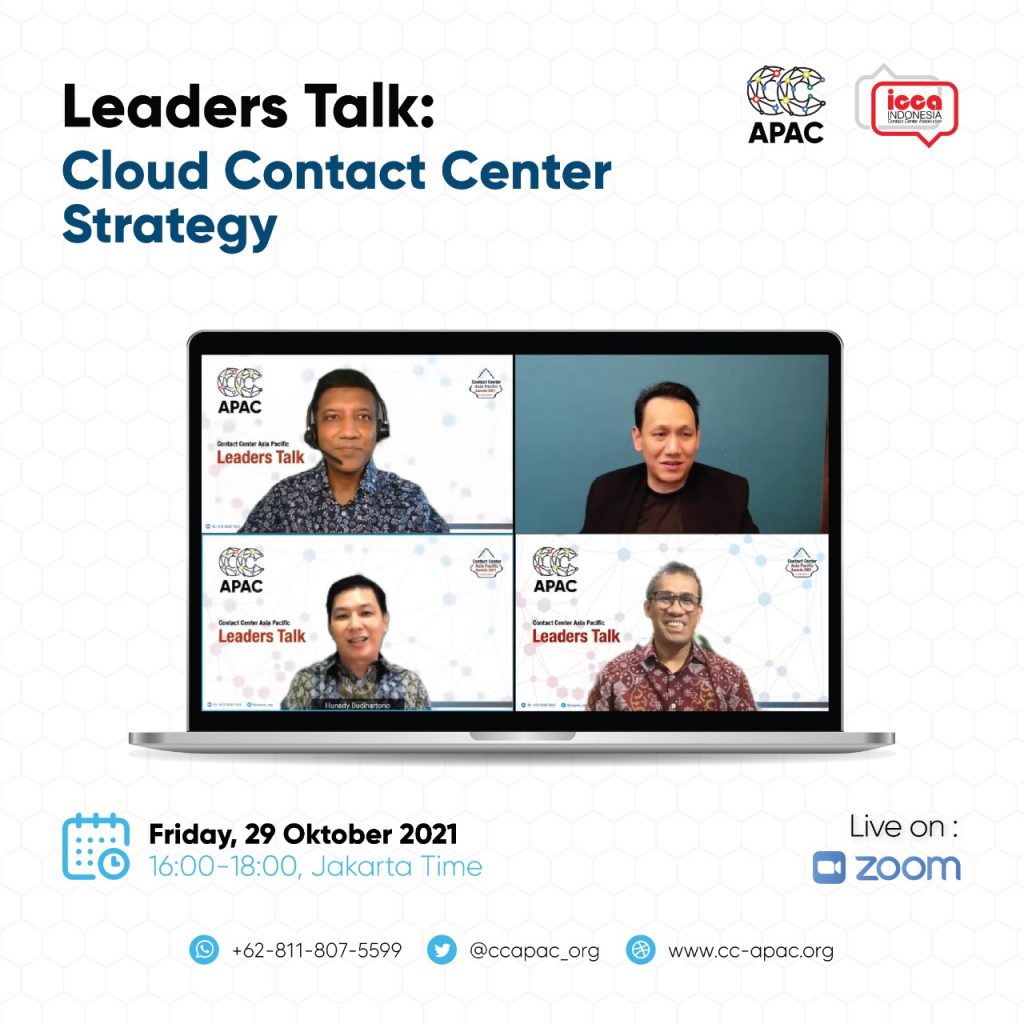
Friday, March 11, 2022 – The 11th Leaders Talk CC-APAC hosted by ICCA discussed “Enable Ecosystem for CX Innovation” by inviting a professional speaker to the Asia Pacific contact center. This discussion was presented by Andi Anugrah, Chairman of ICCA Indonesia. The speaker Manoj Menon, Founder/CEO Twimbit.
Manoj starts the discussion by asking about the new definition of CX. He explains using a Gashapon machine as an example. “How many of you have played on this Gashapon machine. You know, how many have a lot of you played on this machine? Or you have children or you have taken the children to this machine?” ask Manoj.
He said what usually happens in this machine, the child will come, take a coin, and then play with this machine. Manoj also said that after we or our child get the toy, we 99% of the time don’t even use that toy. “We will leave it there and we go back to the machine to do it again,” said Manoj.
Then, Manoj explains that the machine is not for us to buy the product. The machine is making an experience for us. He said that we have to learn from Gashapon and make some more money from it. He also said that is what has happened in the world today. The only way we can differentiate is how you orchestrate that experience. And he said that is why we know and believe the experience is about the customer journey to use our product.
Manoj explains it is from the moment that the customer even thinks about using our product to the journey then consuming the product then to be a community member of our product for the rest of his life.
Manoj also shared about the ecosystem. He said that he is not making any money from the ecosystem, “I’m a research company,” said him. He wants every company to build a better strategy to grow their business. He also thinks building the ecosystem strategy is very important for every company. Either we build and develop our ecosystem, or you become part of somebody else’s ecosystem then, that we can innovate them because the future is an ecosystem.
Now, Manoj said that we got to move to the new era of strategy, which is to build that digital. Then, that is why he is talking about the ecosystem. We help companies develop and define and design their ecosystem strategy that is what we do (his company) as one of my offerings, but that is not the only offering. The ecosystem becomes a platform where everybody will be networking, such as networking for their potential and competency to deliver something.
For a closing statement, Manoj said that we have to learn about what is the ideal experience. And also, if we can start doing that automatically, he thinks we will see the improvement. For him, the biggest inspiration for customer experience is in sports. Because sport has fans and the fans are very loyal to their club. “Manchester United is not doing well for so long, but the fans are still so loyal,” said Manoj.
He said that what made them so much obsessed with it? Because there is that human connection. Then, now how do we create that because he thinks the sporting clubs do it very well. Technology is important but it is not the technology, it is about ritual. He explains that is about a great stadium, great stories of great players.
Then, the point he said is that customer experience for the companies is about great leaders in the company. “It is about the great physical storefront of the company. It is about great technology, and it is about great employees,” said him. Therefore, he asks all leaders to draw inspiration for their company and country, “Let’s make Indonesia very well known globally, for great customer and human experience,” said Manoj. (ANF)





